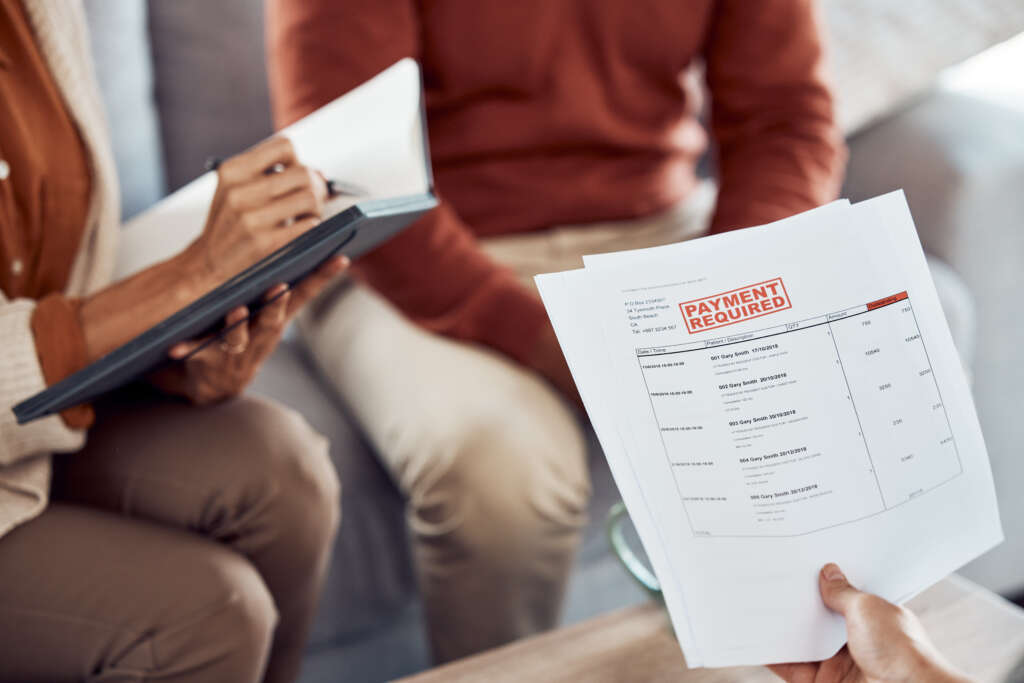Share This Article
When government assistance isn’t enough or you need help fast, nonprofit and charitable organizations can provide crucial utility support. These groups often have streamlined application processes and can respond more quickly than government programs, helping you keep the lights on when you need it most.
Major Nonprofit Utility Programs
The Salvation Army
The Salvation Army operates crisis assistance programs nationwide, providing emergency financial help for rent, utilities, and other bills. Their utility assistance typically covers electricity, gas, heating oil, and water bills. Most locations help households earning up to 200% of federal poverty guidelines.
Contact your local Salvation Army center for availability. You’ll need proof of crisis (like a shut-off notice), income verification, and ID for all household members.
Catholic Charities
Catholic Charities agencies offer utility assistance regardless of religious affiliation. Many locations provide one-time emergency payments to prevent shut-offs and help negotiate payment plans with utility companies. They also assist with enrollment in special low-income utility programs.
Use the Catholic Charities USA locator to find services near you. Most require appointments and ask for income documentation, utility bills, and identification.
Community Action Agencies
Over 1,000 Community Action Agencies nationwide administer the Low Income Home Energy Assistance Program (LIHEAP) and often have additional emergency funds. They serve households earning up to 150% of federal poverty guidelines and prioritize elderly, disabled, or families with young children.
Find your local agency through the Community Action Partnership directory. Applications typically require proof of citizenship, Social Security cards for all household members, recent utility bills, and income documentation.
Understanding Eligibility Requirements
Income Guidelines
Most nonprofit utility programs use federal poverty guidelines to determine eligibility. For 2025, annual household income limits are approximately:
- 1 person: $15,060 (100% poverty) to $30,120 (200% poverty)
- 2 people: $20,440 (100% poverty) to $40,880 (200% poverty)
- 3 people: $25,820 (100% poverty) to $51,640 (200% poverty)
- 4 people: $31,200 (100% poverty) to $62,400 (200% poverty)
Each additional person adds roughly $5,380 to these amounts.
Priority Assistance Factors
Many programs prioritize households with:
- Elderly members (65+)
- Disabled individuals
- Children under 5 years old
- Veterans
- Medical equipment requiring electricity
- Shut-off notices or service disconnections

Required Documents and Application Process
Essential Documentation
Gather these documents before applying:
- Photo ID for the applicant
- Social Security cards for all household members
- Birth certificates for children under 18
- Recent utility bills (including any shut-off notices)
- Proof of income for all household members from the past 30 days
- Lease agreement or proof of residence
Income Documentation Options
Acceptable proof includes:
- Pay stubs (2-4 weeks depending on pay frequency)
- Social Security award letters
- Unemployment benefit statements
- Self-employment records and invoices
- Child support documentation
- Pension or retirement statements
If you have no income, most agencies require a signed declaration of income statement.
Application Strategies That Work
Apply Early in the Program Year
Many assistance programs operate on federal fiscal years (October through September) and distribute funds first-come, first-served. Applying early increases your chances of receiving help.
Contact Multiple Organizations
Different organizations may have separate funding sources and eligibility requirements. You might qualify for assistance from multiple agencies in the same year.
Be Clear About Your Situation
Explain your specific circumstances clearly. Organizations often have flexibility for unusual situations or can refer you to other resources if their primary programs can’t help.
Specialized Utility Assistance Programs
Utility Company Hardship Programs
Many utility companies partner with nonprofits to fund customer assistance programs. These include:
- Budget billing plans
- Percentage of income payment plans
- Low-income discount rates
- Free weatherization services
- Medical equipment rate protections
Contact your utility company’s customer service line and ask specifically about hardship or low-income programs.
Faith-Based Emergency Assistance
Local churches, synagogues, mosques, and other religious organizations often maintain emergency assistance funds for community members regardless of religious affiliation. Many participate in interfaith networks that coordinate resources.
Check with congregations in your area, even if you’re not a member. Many advertise assistance programs on their websites or bulletin boards.
What to Expect During the Application Process
Initial Contact and Screening
Most organizations conduct a brief phone screening to determine if you meet basic eligibility requirements before scheduling an appointment. Be prepared to provide basic household and income information during this call.
Appointment or Walk-In Process
Some agencies accept walk-ins during specific hours, while others require appointments. Appointments typically last 30-60 minutes and involve completing paperwork and document review.
Processing Time and Follow-Up
Emergency assistance applications often process within 24-48 hours for urgent situations like pending shut-offs. Non-emergency assistance may take 1-2 weeks. Organizations typically contact you by phone once decisions are made.
Tips for Success
Call During Business Hours
Most nonprofit assistance programs operate standard business hours, Monday through Friday. Calling early in the week often results in faster responses.
Keep Copies of Everything
Maintain copies of all documents submitted and notes about your conversations with different agencies. This helps if you need to reapply or appeal decisions.
Follow Up Appropriately
If you haven’t heard back within the timeframe given, it’s appropriate to call once for an update. Avoid calling multiple times daily, as this can actually slow down your application.
When Programs Can’t Help
If traditional assistance isn’t available, ask about:
- Referrals to other local resources
- Payment plan options with your utility company
- State-specific emergency assistance programs
- Seasonal programs (like heating assistance in winter)
- Volunteer-run community assistance funds
Remember that many nonprofit workers genuinely want to help and may know about resources not widely advertised. Being courteous and explaining your situation clearly often leads to helpful referrals even when direct assistance isn’t available.


